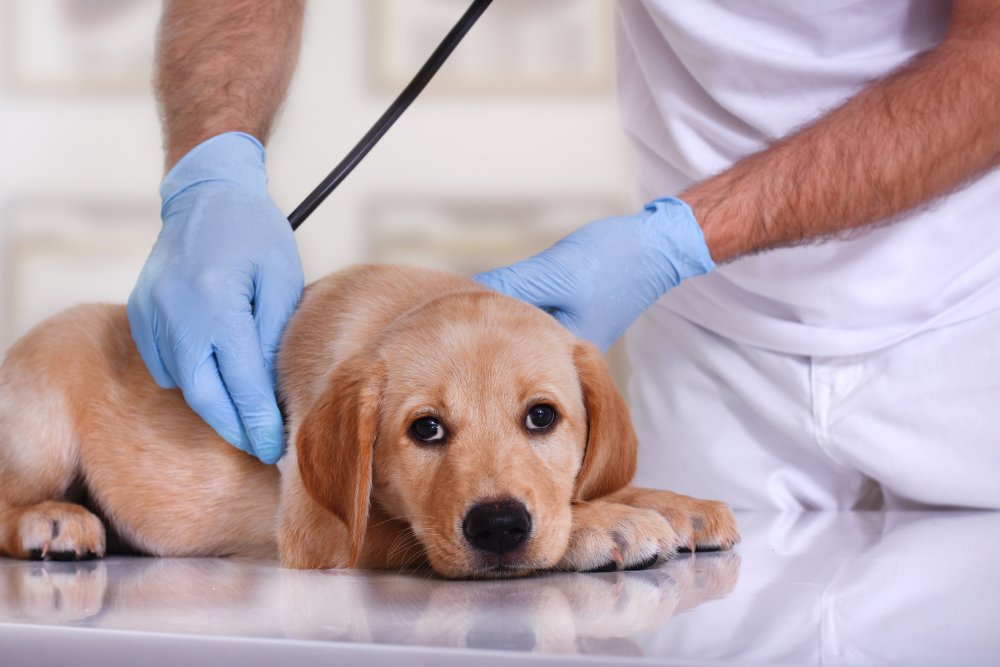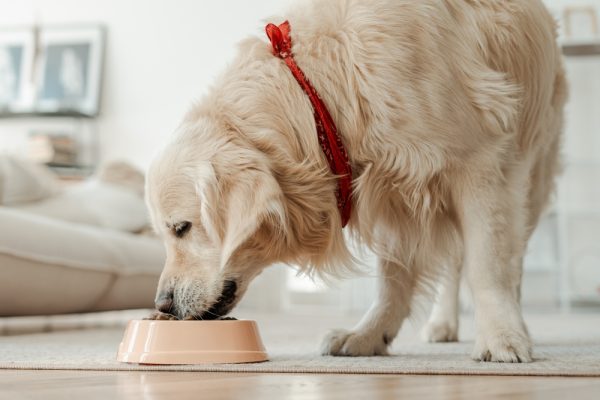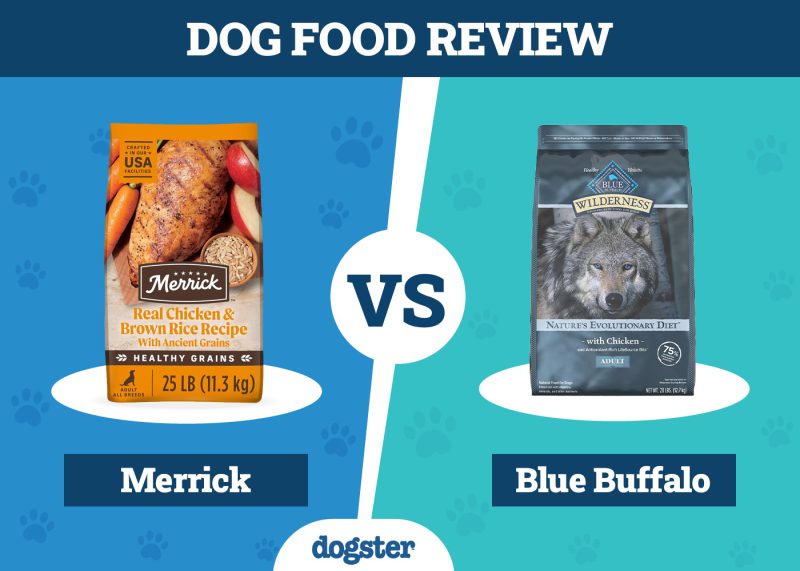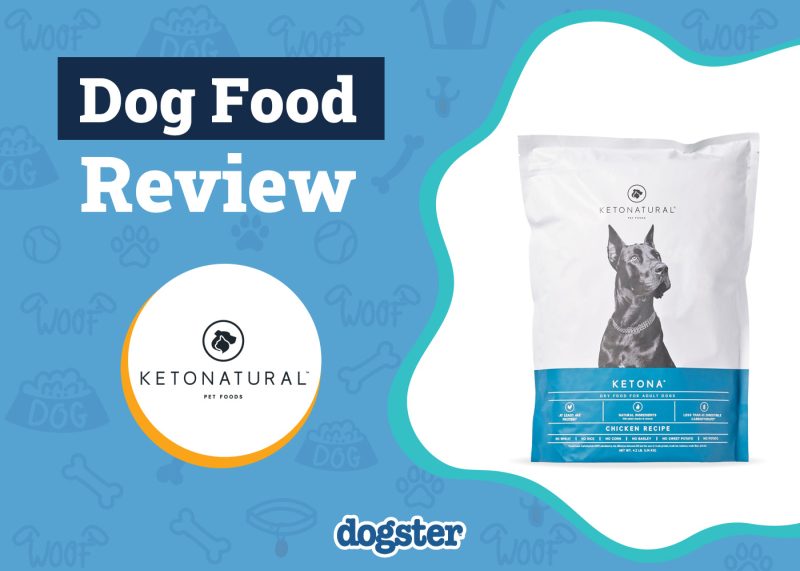When you’ve spent at least five years at university, thousands on student loans, lost most of your holidays to practical placements, work minimum 10 hour days in a highly stressful, mentally demanding, and emotionally draining job for half the salary of a human physician, only to be told by an angry pet owner that all you care about is the money, you can see why veterinarians are walking away in droves from a job that boasts one of the highest suicide rate of any profession. Although the vast majority of the clients we see are understanding and grateful for the service we provide, sadly, it is always the vitriolic attacks of the disgruntled few that have the greatest impact on our psyche.
Unfortunately, a recent investigation into the fairness of veterinary fees in the United Kingdom, which accurately highlighted some legitimate areas of concern, has also added fuel to the ‘vets are overcharging’ fire.
The results of this investigation will not just impact UK veterinary practice policy, but will likely have other veterinary bodies, like the American Veterinary Medical Association (AVMA), paying close attention to the fallout. But what are the results, and what do they really mean for vets and pet owners?
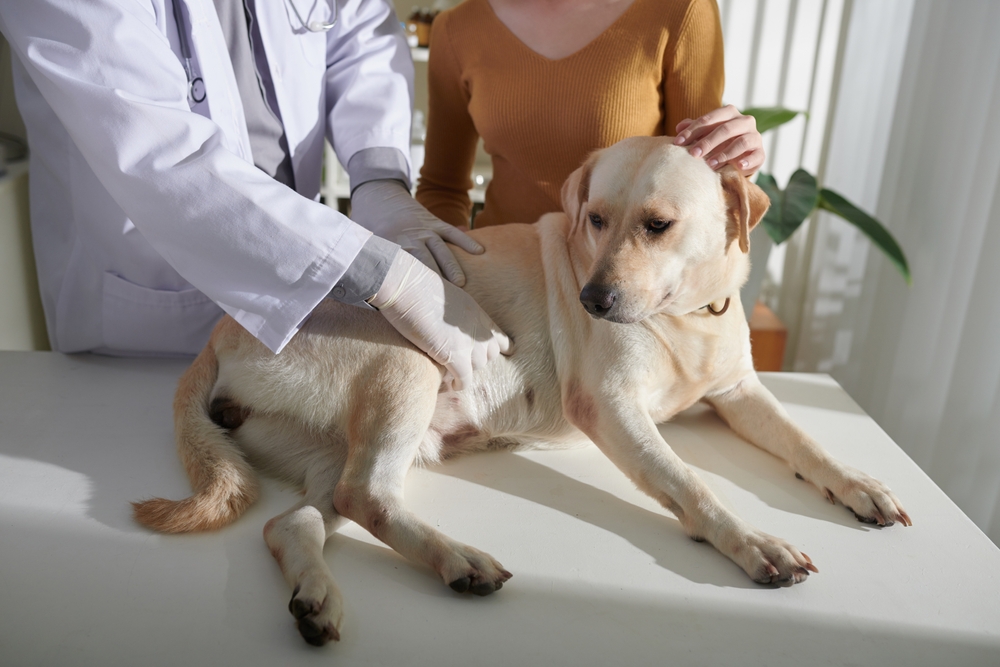
A Bit of Background
The last thirty years have seen a huge shift in the way in which pets are treated and how veterinary practices do business. Cats and dogs stopped being left outside in the cold and started being seen (rightfully so) as members of the family. The quality and caliber of veterinary medicine increased markedly, as did the demand for veterinary services. And although veterinarians are often highly intelligent, skilled, and caring individuals, they are not always leaders in business strategy, and more often than not, the desire to save an animal’s life will outweigh the need to make a profit. The trouble is that as pet owner expectations increased along with the sophistication of veterinary medicine, the cost of that care often exceeded what they were willing or able to pay, so vet practices were hemorrhaging money.
Enter corporatization.
In most states of America, a veterinary practice can only be owned by a registered veterinarian;1 however, corporations can then purchase these vet-owned businesses through a process of consolidation. In fact, around 75% of emergency or specialty hospitals and 25% of first opinion veterinary practices in the US are now owned by corporate consolidators.2
In the UK, up until 1999, only veterinarians could own a vet practice, but a change in the law meant that non-veterinarians could now buy up veterinary practices, with no need for any previous experience with vets, pets, medicine, or animals.
Suddenly, policies about treatment, billing, and medications were being implemented by people in a head office whose primary focus is profit and loss statements, not the grief and loss of working with sick and injured animals. Drug brands and bandaging materials were chosen for price, not quality; consultation fees were scaled to suit socioeconomics, and every needle, syringe, or paper towel must be accounted for and charged appropriately. Although it is fair to say that many veterinary practices wouldn’t have survived without the financial backing of these corporate overlords, the exponential increase in veterinary fees and corporate profits over recent years has raised more than a few eyebrows. In fact, around 10% of pet owners in the US have considered rehoming their pet due to increasing costs, and 5% have actually gone through with it.3 Naturally, pet insurance premiums have increased right alongside the cost of vet fees, often making policies unaffordable for lower-income pet parents.
Something Had To Change
When the number of complaints about veterinary pricing received by the UK’s Competition and Market Authority (CMA) grew from the rumbling of a petulant few to a deafening roar from the masses, it was obvious that something had to be done. In September 2023, the CMA began an investigation into the veterinary services market, with the provisional results published on October 15, 2025, revealing that veterinary prices had increased by 63% between 2016 and 2023 – well above the rate of inflation – and that they had found evidence of competition problems in the market.
Based on a cursory glance at the report, many pet owners have taken to their keyboards and touchscreens to celebrate, telling anyone and everyone that “they knew vets were charging too much!”. This simplistic interpretation of the facts is both inaccurate and highly dangerous to the mental health of an industry that is already teetering on the edge.
Having worked in both independently owned and corporate-controlled vet practices, it is clear that this report is NOT telling us that vets charge too much, but that corporate giants that dominate the industry are taking advantage of their positions.

Here’s What The Report Really Says
The CMA report has highlighted 6 main areas that need to change:
- Transparency of practice ownership: Pet owners are often unaware of whether their practice is independently owned or part of a corporation, as this is not usually advertised.
- Transparency of fees: Pet owners are often unaware of the prices of commonly used services, and have no effective way of comparing vet prices. Some owners reported that they did not receive written estimates for courses of treatments, sometimes running into hundreds or thousands of pounds.
- Overcharging for prescribed medications: Some pet owners may be paying twice as much for prescribed medication from vet practices as they could pay online, without being made aware that this is even an option. Some practices are also charging excessive fees for the provision of written prescriptions.
- Pet care plans: Pet owners are often unable to determine if they are getting good value for money from pet care plans
- Individual cremation fees: Some vet practices are inflating the cost of individual cremation to increase profits.
- Accountability: Some pet owners felt that there was no clear or effective means of complaining when things went wrong.
While there are sure to be many independently owned practices out there that are guilty of some of these issues, the overwhelming majority of these complaints are linked to the directives and policies imposed at a corporate level. Decisions made by people who never have to explain them to stressed, anxious, and grieving owners.

Take Care of Your Veterinary Team
Although these findings confirm what many of us already knew, it is hopeful that this investigation will be a turning point in how veterinary practices are run. They say that the first step of recovery is admitting you have a problem, and perhaps this report is the wake-up call needed.
Your vets, vet technicians, nurses, and support staff deserve to be paid – and paid well – for the essential jobs they perform. After all, a love for animals doesn’t negate the need to earn a living. Medical equipment, continuing education, and medication are expensive, and we should expect to pay for the services we receive. What we do need to question is how our money is being spent, and just how much large corporations are profiting from an industry built on compassion and trust.
The CMA report is an indication of an institutional problem that is likely to reach beyond the British Isles, and pet owners need to ask more questions about how their veterinary practice operates. However, it is vital that we look after the caring people who work there. Much of the time, you are not talking to the person responsible for setting fees or making policy, but someone who has worked extremely hard because they want to be able to help you and your pet.
Feature Image Credit: IgorAleks, Shutterstock
Did You Know?
- Our breaking news articles are included in our weekly emails. Don’t miss out on the latest and sign up for our newsletter below!

